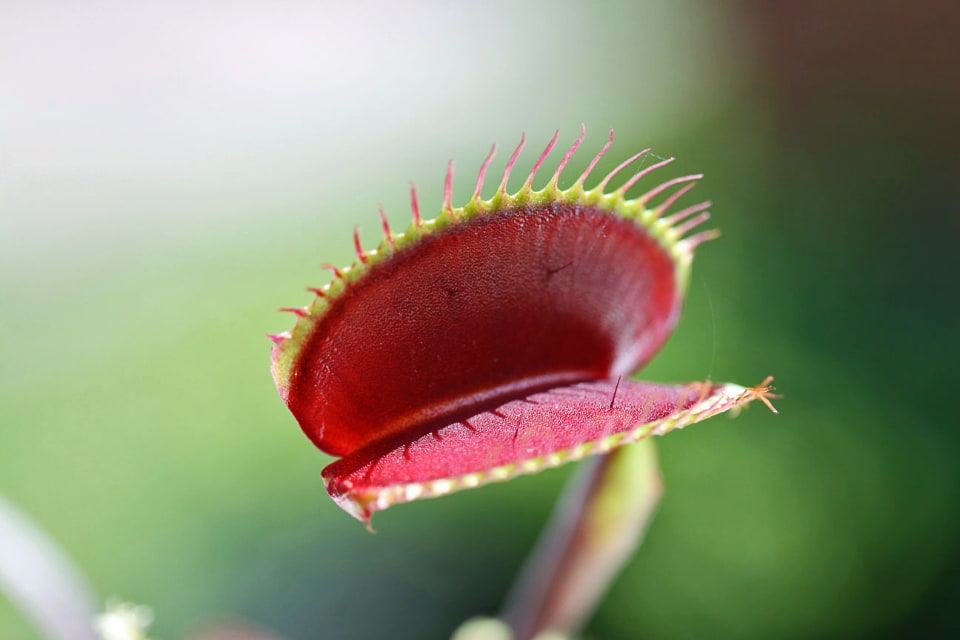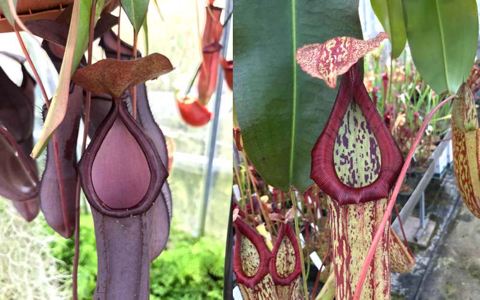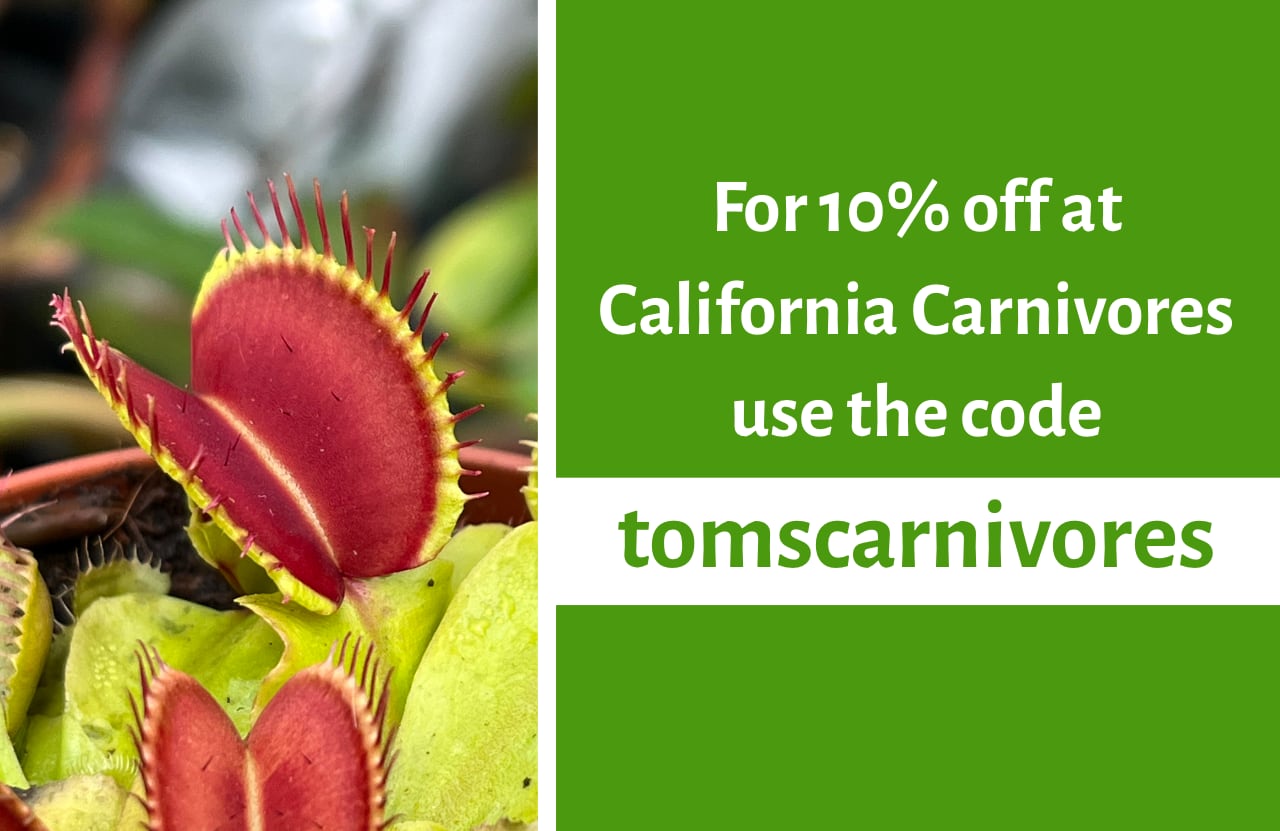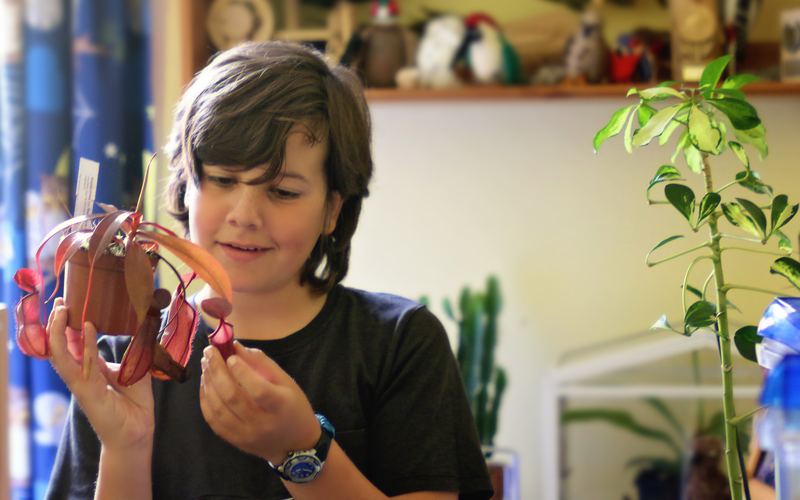
Carnivorous plants for kids, w/ Green Fingered George
Published 31 October 2017, updated
Carnivorous plants can be fun, easy to grow, and educational.
With their striking shapes and amazing colours - not to mention their bloodthirsty diets - many species are perfect plants for younger growers. They often fascinate people who otherwise have little interest in plants, making them a perfect introduction to horticulture and botany.
To help write this article, I spoke to RHS Young Ambassador George Hassall about his experiences growing carnivorous plants. He was kind enough to offer some tips for children (and their parents) who’d like to try growing venus flytraps, pitcher plants, or sundews. Aged 12, George is a keen carnivorous plant enthusiast with an impressive collection. He’s appeared on Blue Peter, Newsround, and Gardeners’ World, and has spoken at the Houses of Parliament about young people in horticulture. Be sure to check out his blog, Green Fingered George.
The top 3 species for children
The 3 species I would recommend to new growers are:

- The Purple pitcher plant (Sarracenia purpurea): This species is the hardiest of all North American pitcher plants. It has squat, pretty pitchers and is ideal for windowsill growing. Most hybrids involving this species are similarly attractive and easy-to-grow.
- The Cape sundew (Drosera capensis): Probably the most tolerant carnivorous plant you can buy! Its colourful tentacles can move to catch prey, making it an entertaining plant and a great fly catcher.
- The Venus flytrap (Dionaea muscipula): Perhaps the most famous carnivorous plant of all! A little trickier than the Cape sundew, but just as inspiring and fun to grow.
George’s Pick: “If you want to try growing carnivorous plants I would recommend starting with Sarracenia purpurea, the Purple pitcher plant. It is very easy to keep and is really beautiful. But a warning to all… CPs need a lot of TLC. Rule number 1, always use rainwater!”
Basic care for carnivorous plants
Don’t be tempted to start feeding your plants immediately! For happy, healthy, colourful carnivores, there are some far more important things you need to do first:
- Find the best growing location: All 3 of the plants I recommended above like full direct sun. If you live in the UK, that means a south-facing windowsill, a conservatory, or a greenhouse. Sit your pots in a tray filled with 1-2cm water, to keep the soil moist.
- Find a water source: Carnivorous plants need pure water for long-term healthy growth. That means collecting rainwater, or alternatively buying distilled water or deionised water.
- Plan for winter: Venus flytraps (Dionaea) and all North American pitcher plants (Sarracenia) stop growing over winter. This is called dormancy. To keep your plants healthy, it’s very important to move them somewhere colder between November and February. Sit them next to a bright window in a shed or garage, or in an unheated conservatory. Your plant’s leaves will mostly die, but it will start growing again in Spring. Note that Cape Sundews (Drosera capensis) can grow year-round, and don’t require a cold dormancy.
For more detailed growing instructions, check out my Complete Guide to Venus Flytraps and Beginners Guide to Pitcher Plants. I’ve also answered lots more FAQs here.
George’s Top Tips: “My top tip, I will say it again – rain water only! Also, if you have a Venus fly trap, do not let it flower: it may not come back to life next year. If your plant isn’t catching flies inside, put it outside on a warm day to catch some food for itself.”
Q&A with Green Fingered George
How did you first discover your passion for carnivorous plants?
“It was at RHS Wisley that I saw carnivorous plants growing outside for the first time. We asked the (then) curator Colin Crosbie all about them, and he gave us lots of great advice and encouragement. I absolutely love carnivorous plants because they are so unique and cool in the way they look. Take Sarracenia for example. They mainly grow a straight tubular trap and have a green flower and look like something from a sci-fi film!

What I didn’t know was that you can see Sundews growing in the wild in this country. I visited Hampshire Carnivorous Plants this summer, and Matt the owner told me where to look for them in the New Forest. It was the biggest coincidence as we were camping only a mile away, so to see them on the banks of a large pond blew me away. Since then, I’ve heard they grow in Derbyshire too, which isn’t that far from where I live. I believe over the years as carnivorous plants have gained popularity they have grown from seeds that have blown from people’s garden. Of course, if you visit RHS Wisley you can see them for yourself, at the rockery in their full glory.”
What’s your favourite genus of carnivorous plant?
“There are so many CP’s it is hard to choose a favourite, but I love Nepenthes (I would not recommend starting on this as it’s a tricky customer!) their traps are just incredible and amazing. Matt from Hampshire Carnivorous Plants cultivated a hybrid and named it after Rebecca, his daughter – it’s called Nepenthes cv Rebecca Soper. He’s also just done one for one of his favourite musician, Johnny Marr!”
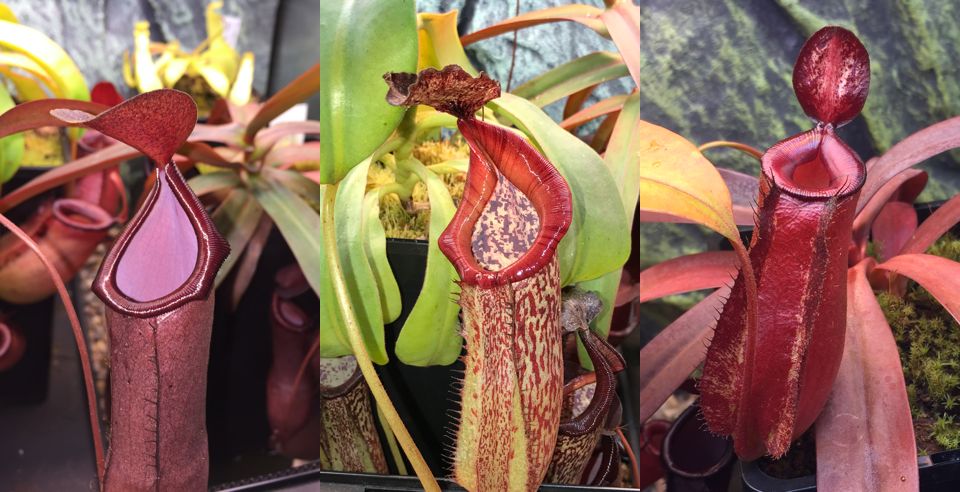
What are your plans for your carnivorous collection?
“I have recently learnt to put my Sarracenia in an unheated greenhouse in the winter. We’ve actually just bought a half greenhouse, and I’ll be filling it with my plants real soon.”
Any more tips for new growers?
Speak to people - you never know who’s a fan. My ex-Primary School IT teacher, Mr Lister is crazy mad about CP’s and he often helps me out. There’s social media too – there’s a massive following out there, go on give them a try!"
Thanks to George for answering my questions and sharing his tips! Make sure to follow his blog, Green Fingered George. For detailed carnivorous plant growing instructions, head over to the guides page right here on Tom’s Carnivores.
I've been growing carnivorous plants for over 2 decades, having been fascinated by these plants since I got my first Venus flytrap at age 10. I now have a large greenhouse to house my collection and am an avid breeder of Nepenthes pitcher plants.
- Next post: 20 CP growers you should follow on Instagram
- Previous post: Q&A with Domonick Gravine of Redleaf Exotics


